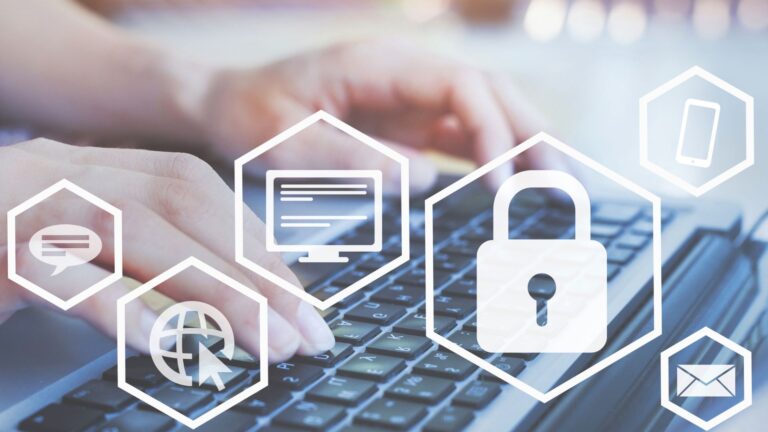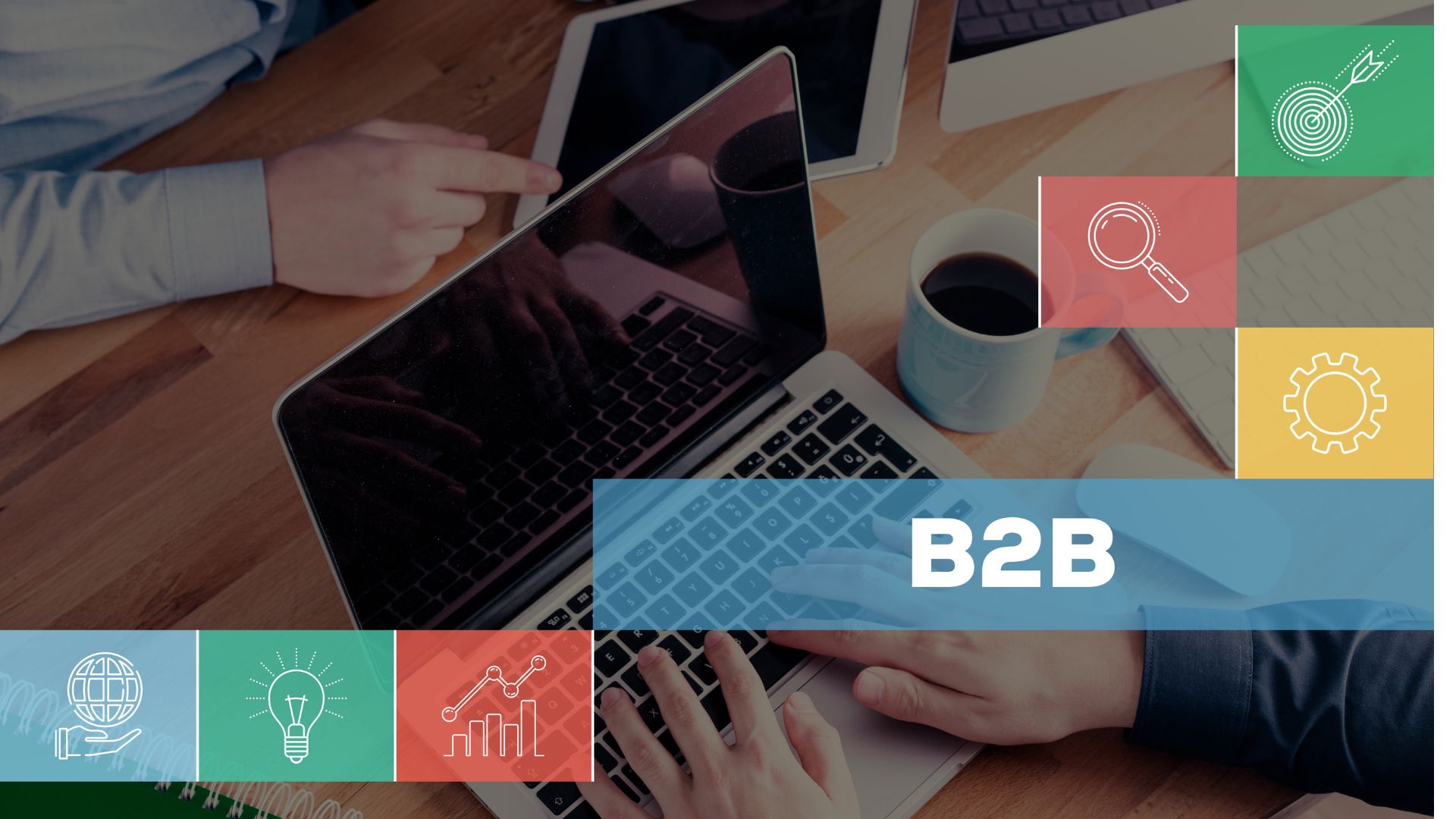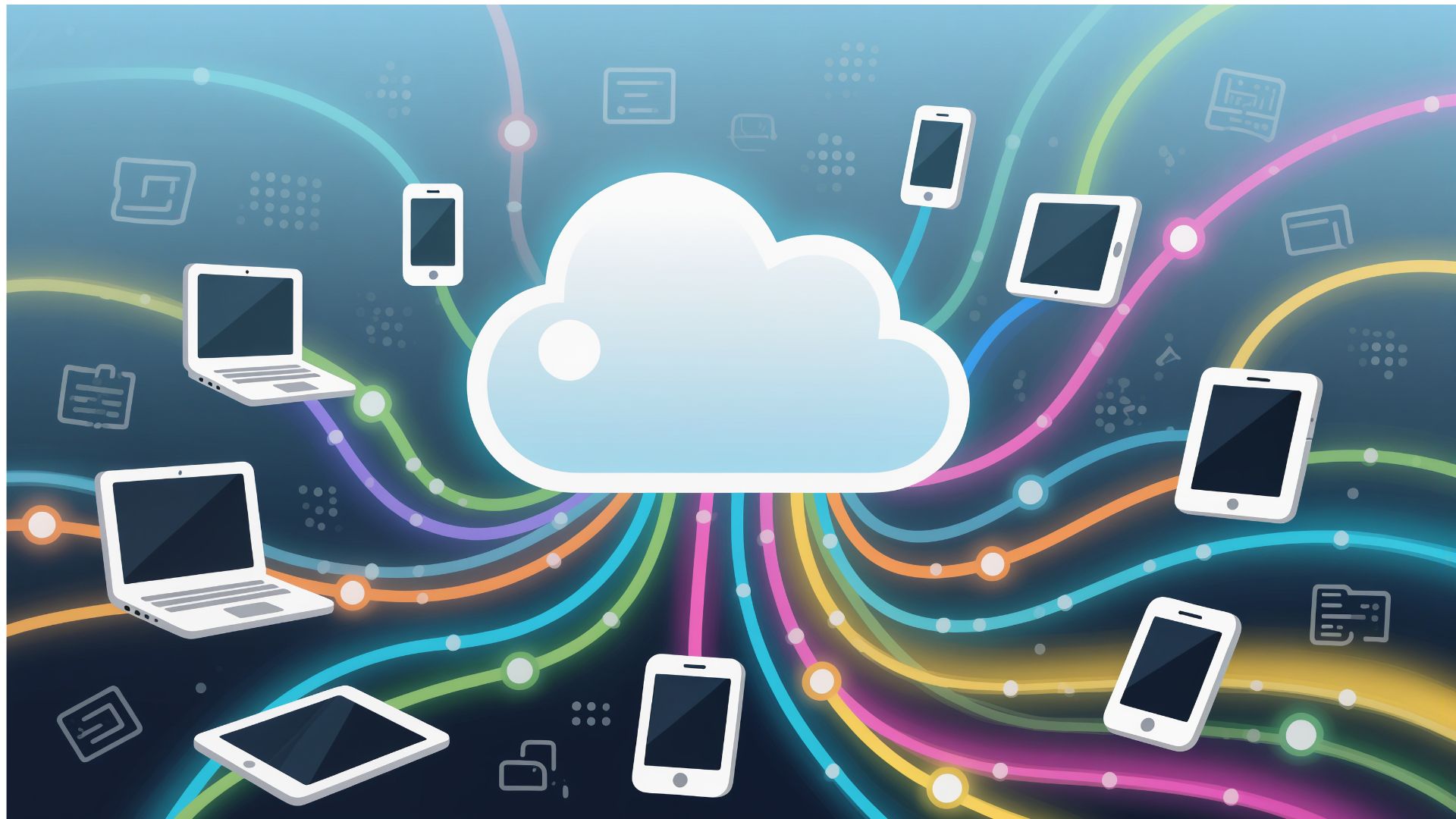We are experiencing an unprecedented transformation. Automation and Big Data are redefining how businesses operate almost universally.
Automation means that many processes are performed with little or no human intervention. This includes connected machines, industrial robots, control systems, and software that makes real-time decisions.
Big Data, on the other hand, refers to the use and analysis of large volumes of data. Companies capture information from sensors, devices, cameras, production systems, and users to make faster and more accurate decisions.
However, the more we connect systems, the more exposed we are. Automation and Big Data increase our efficiency, but they also create new attack surfaces for cybercriminals. This makes cybersecurity a central issue in any technological strategy.
Risks of this new digital age
Today, everything is interconnected. Data moves between devices, servers, and cloud services. This creates many entry points that attackers can exploit.
Some of the main risks include:
- Operational disruption : An attack can stop an automated production line or take a logistics system offline.
- Data theft : Industrial, commercial or customer data can be intercepted and stolen.
- Process manipulation : If an attacker takes control of an automated system, they can dangerously modify operations.
- Misuse of connected systems : Malicious software can spread through the internal network and cause cascading damage.
Furthermore, attacks have become more sophisticated. Some use artificial intelligence techniques to detect weaknesses or disguise themselves as legitimate users. The combination of automation, data, and connectivity opens the door to attacks that are very difficult to detect with traditional tools.
What is meant by critical infrastructure, and why should it be protected?
The term critical infrastructure refers to the systems and services essential to the functioning of a country or economy. This includes power grids, drinking water, transportation, financial services, telecommunications, and hospitals, among others.
Many of these sectors are adopting automation and data analytics to operate more efficiently. But in doing so, they are also becoming more reliant on digital systems.
A failure in one of these systems doesn’t just affect a single company: it can put thousands or millions of people at risk. Therefore, protecting critical infrastructure is no longer just a technical issue. It’s a strategic and social responsibility.
How do you protect the digital infrastructure in a company ?
Most B2B companies rely on increasingly complex digital ecosystems. These environments are comprised of SaaS applications, cloud services, CRM platforms, corporate networks, mobile devices, and databases that operate 24/7. And all of this is connected through APIs, dashboards, apps, and interdependent systems.
Protecting this digital environment requires a modern approach to cybersecurity based on the following pillars:
- Cloud Security
- Access control and permissions
- Multi-factor authentication (MFA)
- Visibility and constant monitoring
- Backing up critical data
- Response Automation
Threats don’t just come from the outside. Human error, poor internal practices, or unsafe vendors can also create breaches. Therefore, a secure digital infrastructure begins with an organizational culture that understands cybersecurity as part of daily work, not as an isolated technical issue.
Artificial Intelligence in cybersecurity
Artificial Intelligence (AI) has become a powerful ally in protecting automated environments. Thanks to its ability to analyze large volumes of data and detect patterns, AI can identify threats that traditional systems would miss.
These are some of the current uses of AI in cybersecurity:
- Detecting abnormal behavior : AI learns how a system should behave and alerts if it detects unusual changes.
- Response Automation : In the face of a threat, AI can activate defense protocols without the need for human intervention.
- Predictive analytics : Anticipate potential vulnerabilities before they are exploited by attackers.
- Traffic Filtering : Helps distinguish between real users and malicious bots in real time.
However, it’s also important to keep in mind that attackers are using AI to develop new types of attacks. Therefore, cybersecurity must evolve at the same pace as the tools that attempt to breach it.
How to prepare: tips for your business
If you’re leading a digital team, plant, or process, you should think of cybersecurity as a natural part of your systems design and operation.
Here are some key actions you can take:
- Assess your current risk level : Which systems are most exposed? Do you have sensitive data in circulation? Are you complying with applicable regulations?
- Design a cybersecurity strategy : It’s not just about installing antivirus software. You need a comprehensive vision, with clear roles, processes, tools, and objectives.
- Train your staff : Most attacks begin with human error. Train your teams to recognize threats, use strong passwords, and respond to incidents.
- Implement scalable solutions : As your business grows, so will your risks. Invest in tools that can adapt and evolve with you.
- Collaborate with experts : You don’t have to do everything alone. There are vendors, consultants, and platforms specialized in securing automated environments.
Being prepared isn’t just about avoiding losses. It’s also a competitive advantage: safer companies inspire greater confidence and operate with greater stability.
Cybersecurity as an investment
Automation and Big Data are not a passing fad. Their success depends on how securely they are integrated into the business.
Today, cybersecurity isn’t just a department or a tool. It’s a way of thinking . A preventative, collaborative, and adaptive approach.
Your company can lead this transformation by starting by asking: Are we prepared to protect what we are building?




